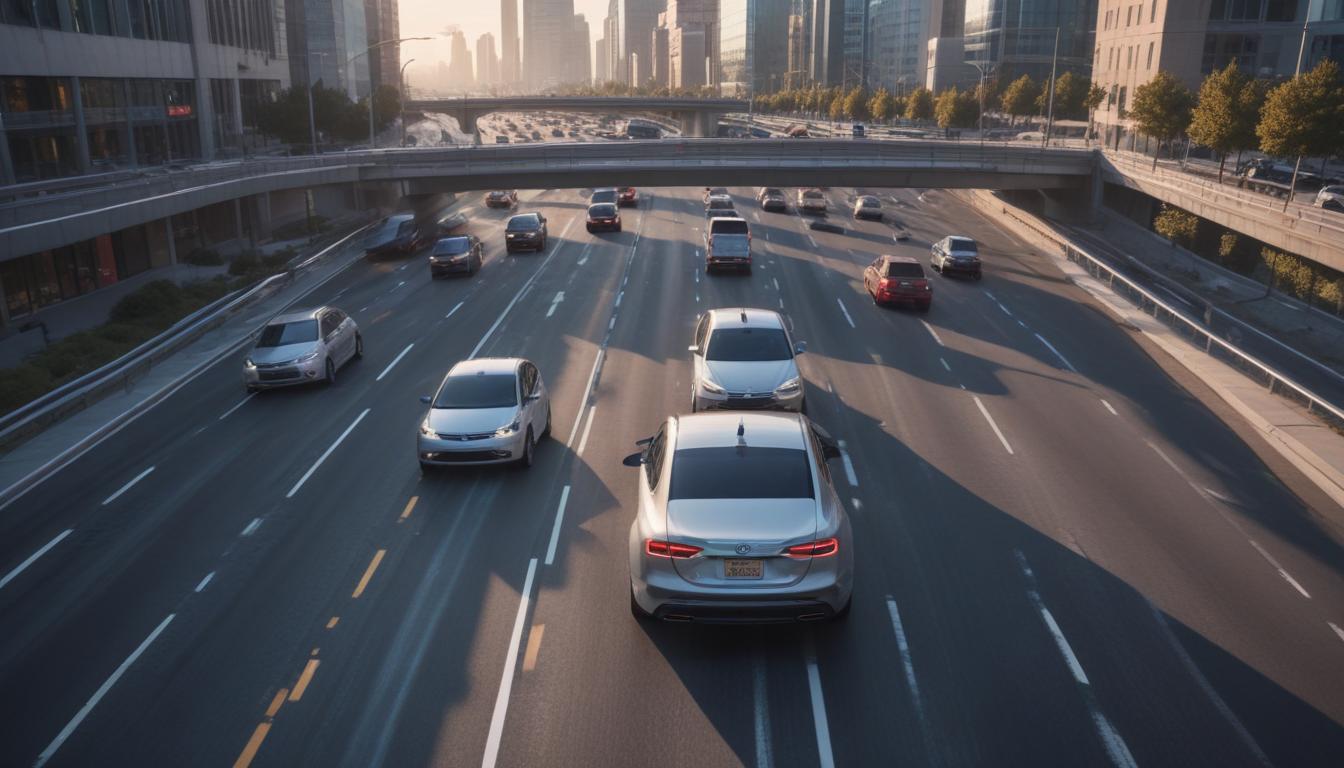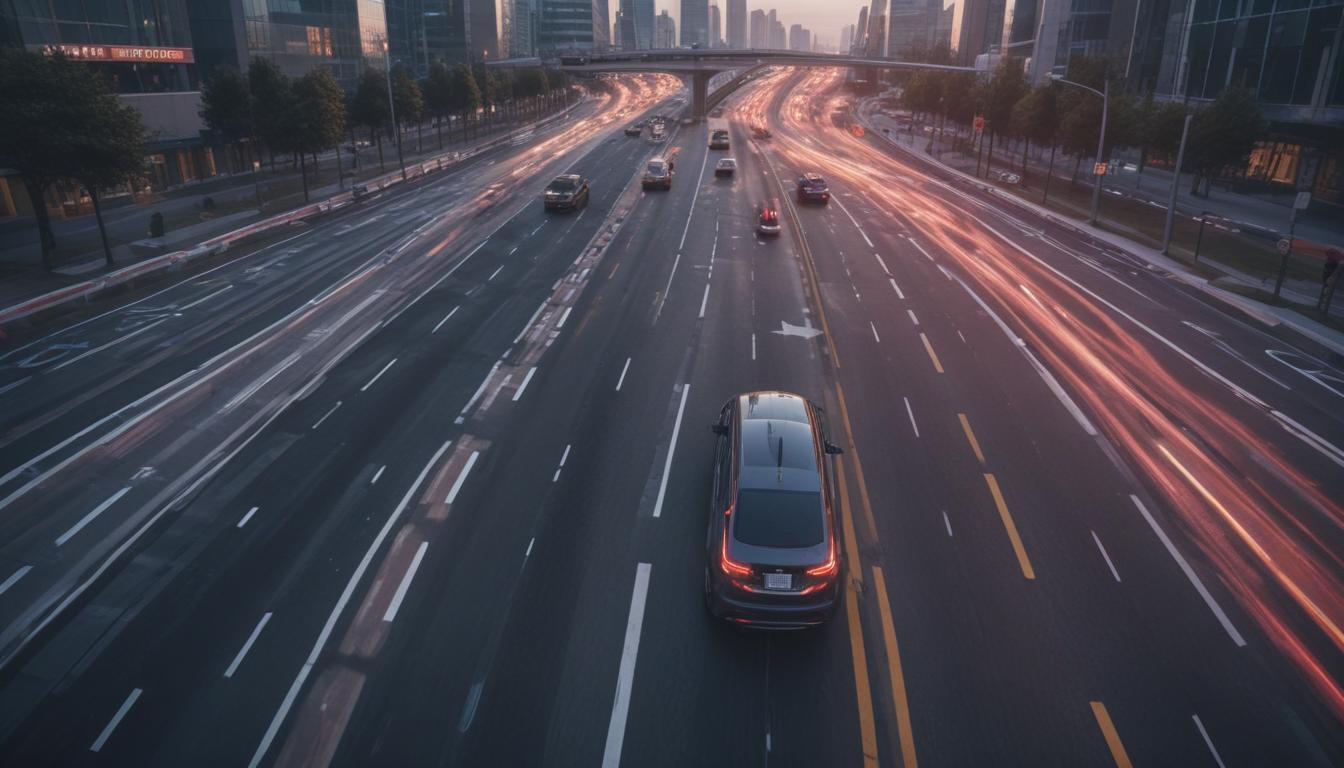Now Reading: Beyond Driverless Cars What’s Next?
- 01
Beyond Driverless Cars What’s Next?
Beyond Driverless Cars What’s Next?

The Future of Transportation Autonomous Vehicles and Beyond
Imagine your daily commute. For most of us, it involves sitting in traffic, hands gripping the steering wheel, eyes darting between the road and the brake lights ahead. It’s a daily source of stress, wasted time, and potential danger. Now, picture a different reality. One where your car handles the driving, freeing you to work, read, or simply relax. A world where traffic flows smoothly, accidents are a rarity, and mobility is accessible to everyone, regardless of age or ability. This isn’t a scene from a distant science fiction movie; it’s the future that autonomous vehicles are building today.
This transformation is one of the most significant technological shifts of our lifetime, promising to redefine not just our cars, but our cities, our economy, and our daily lives. While the road to a fully driverless world is filled with challenges, the journey has already begun. The question is no longer if this future will arrive, but how we will navigate the incredible changes it brings. This is your guide to understanding the autonomous revolution and what lies beyond the horizon.
The Revolution on Our Roads
At its core, the push for autonomous vehicles is a quest for safety and efficiency. The vast majority of traffic accidents are caused by human error—distraction, fatigue, or poor judgment. Autonomous systems, powered by advanced artificial intelligence, sensors, and cameras, don’t get tired or distracted. They can see 360 degrees at all times and react faster than any human driver, promising a dramatic reduction in collisions and fatalities. This foundational benefit is the primary engine driving billions of dollars in research and development across the globe.
Beyond safety, the benefits ripple outward to transform our entire experience with travel. Autonomous vehicles will communicate with each other, creating a coordinated flow of traffic that virtually eliminates congestion. This means shorter commute times and a massive reduction in fuel consumption and emissions. For individuals, the time once spent driving is returned. This reclaimed time can be used for productivity, entertainment, or rest, turning every vehicle into a mobile office or living room. Furthermore, it unlocks true mobility for the elderly and people with disabilities, granting them a new level of independence.

Overcoming Hurdles to a Driverless World
While the promise of a driverless future is bright, the path forward is complex and layered with significant obstacles. The journey from human-driven cars to fully autonomous fleets requires overcoming challenges that are not only technological but also regulatory and deeply human. Successfully navigating these hurdles is just as important as perfecting the software that guides the vehicle.
The ultimate vision is a seamless, safe, and integrated system, but achieving it means methodically solving each problem. From ensuring a car can navigate a blizzard to gaining public trust and managing the economic fallout for professional drivers, every step requires careful consideration and collaboration between engineers, lawmakers, and the public.
Technological and Regulatory Roadblocks
The primary technological challenge is creating an AI that can reliably interpret and react to the near-infinite variables of the real world. While an AV can easily handle a clear highway, it must also navigate a chaotic city street with unpredictable pedestrians, cyclists, and ambiguous road signs, all while contending with adverse weather like heavy rain, snow, or fog that can interfere with sensors like LiDAR and cameras. Perfecting this “edge case” performance, where the unexpected happens, is the final frontier for AV engineers.
Simultaneously, governments and regulatory bodies are racing to create a legal framework for autonomous vehicles. Critical questions remain unanswered. Who is liable in the event of an accident involving a self-driving car—the owner, the manufacturer, or the software developer? What are the standards for testing and certifying these vehicles as safe for public use? Establishing clear, consistent international regulations is essential for building public confidence and enabling the widespread adoption of this technology.
The Human Element Trust and Transition
Perhaps the most significant barrier is not in the code, but in our minds. Handing over life-and-death control to a machine requires a profound level of trust, and many people remain skeptical. High-profile accidents, though statistically rare, fuel public anxiety. To overcome this, the industry must be transparent about its capabilities and limitations. This also extends to the ethical programming of the vehicles themselves, forcing us to confront difficult scenarios. Should a car prioritize protecting its occupant over a group of pedestrians in an unavoidable accident? These are not just engineering problems but deep philosophical questions that society must grapple with.
Furthermore, the transition to autonomous transportation will cause massive economic and social disruption. Millions of people worldwide earn their living as truck, bus, and taxi drivers. As automation makes these jobs obsolete, we face the challenge of a displaced workforce. A successful transition requires proactive planning, including robust job retraining programs and social safety nets to support those whose livelihoods are impacted. Managing this human transition thoughtfully will be a defining test of the autonomous era.


































